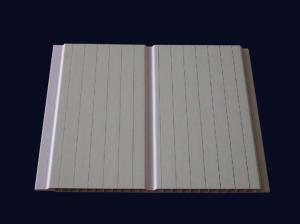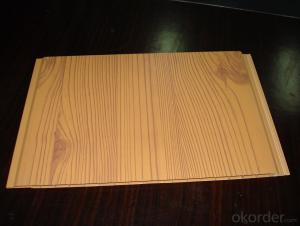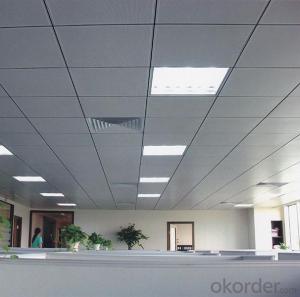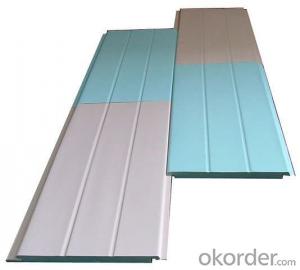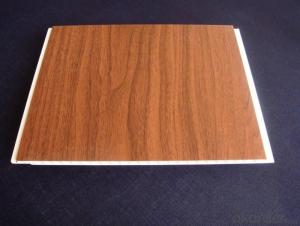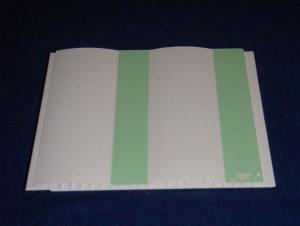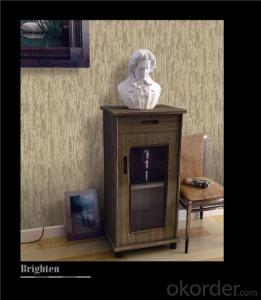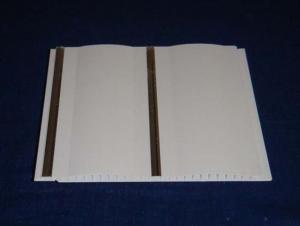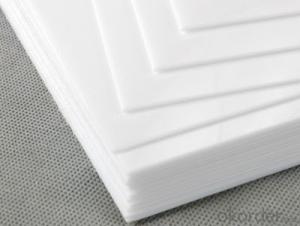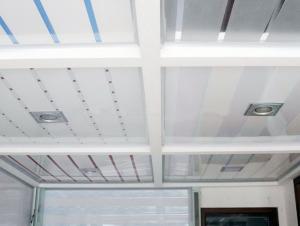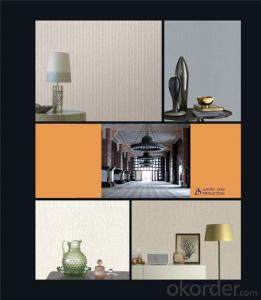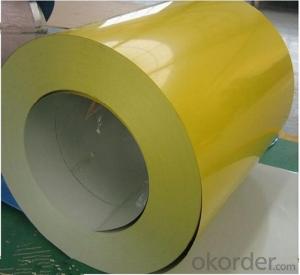Pvc Coated Aluminum Trim Coil
Pvc Coated Aluminum Trim Coil Related Searches
Led Light Bulbs For Ceiling Fixtures Bending Machine For Pvc Profiles 42 In Ceiling Fan With Light Pvc Foil For Mdf Decorative Lights For Ceiling Ceiling Lights For Sitting Room Ceiling Brackets For Lights Ceiling With Led Lights Spotlight For Ceiling 5 Blade Ceiling Fan With LightHot Searches
Steel Mesh Panels For Sale Price For Stainless Steel Scrap Scrap Price For Stainless Steel Price For Stainless Steel Stainless Steel Plate For Sale Stainless Steel Tank For Sale Stainless Steel Sheets For Sale Cheap High Tea Sets For Sale Stainless Steel Tanks For Sale Stainless Steel For Sale High Density Fiberboard For Sale Solar Hot Water Collectors For Sale Scaffolding For Sale In Uae Scaffolding For Sale In Ireland Scaffolding For Sale In Houston Type Of Inverter For Solar Price Of Shipping Containers For Sale Types Of Inverter For Solar Stock Price For Aluminum Steel Mesh Panels For SalePvc Coated Aluminum Trim Coil Supplier & Manufacturer from China
Okorder.com is a professional Pvc Coated Aluminum Trim Coil supplier & manufacturer, offers integrated one-stop services including real-time quoting and online cargo tracking. We are funded by CNBM Group, a Fortune 500 enterprise and the largest Pvc Coated Aluminum Trim Coil firm in China.Hot Products
FAQ
- A nitrate is added with sodium hydroxide, then a piece of aluminum foil. After warming the mixture, ammonia gas is released.A source tells me that aluminum reduces nitrate ion into the ammonium ion. How is this done?
- Aluminum is an active metal and wants to be ionized. Al -- Al(3+) + 3e(-) ?n basic media, tetrahydroxoaluminate complex will be formed: Al(3+) + 4OH(-) -- Al(OH)4(-) ======================================... Al + 4OH(-) -- Al(OH)4(-) + 3e(-) Nitrate is reduced to ammonia in basic media, ammonium in acidic media: N(5+) + 8e(-) -- N(3-) NO3(-) + 8e(-) + 10H(+) -- NH4(+) + 3H2O in basic media, we add base (OH-) to both sides: NO3(-) + 8e(-) + 11OH(-) + 10H(+) -- NH4(+) + 3H2O + 11OH(-) NO3(-) + 8e(-) + OH(-) + 10H2O --- NH3 + 4H2O + 10OH(-) ======================================... NO3(-) + 8e(-)+ 6H2O -- NH3 + 9OH(-) Now, to the balancing of these two redox half reactions: Al + 4OH(-) -- Al(OH)4(-) + 3e(-) NO3(-) + 8e(-)+ 6H2O -- NH3 + 9OH(-) ============================= 8Al + 32OH(-) -- 8Al(OH)4(-) + 24e(-) 3NO3(-) + 24e(-) + 18H2O -- 3NH3 + 27OH(-) ================================== 8Al + 3NO3(-) + 32OH(-) + 18H2O -- 8Al(OH)4(-) + 3NH3 + 27OH(-) //////////////////////////////////////... 8Al + 3NO3(-) + 5OH(-) + 18H2O -- 8Al(OH)4(-) + 3NH3 Hope this helps.
- Yes, aluminum coils can be used in aerospace applications. Aluminum is a lightweight and durable material that offers excellent heat conductivity and corrosion resistance, making it suitable for various aerospace components like heat exchangers, condensers, and cooling systems. Its versatility and strength-to-weight ratio make aluminum coils a popular choice in the aerospace industry.
- Aluminum coils play a crucial role in enhancing the durability of roofs and facades due to their inherent properties and design characteristics. Firstly, aluminum is highly resistant to corrosion, making it an ideal material for roofs and facades that are constantly exposed to harsh weather conditions and environmental elements. This resistance to corrosion ensures that the coils remain intact and unaffected by moisture, UV rays, and extreme temperatures, thereby extending the lifespan of the entire roofing or facade system. Additionally, aluminum coils are lightweight yet extremely strong, providing structural integrity to roofs and facades. This lightweight nature makes installation easier and reduces the load on the building's structure, which is particularly beneficial for larger structures. Despite being lightweight, aluminum coils have high tensile strength, meaning they can withstand significant loads and pressure without warping or deforming. This strength enhances the overall stability and durability of the roof or facade, ensuring it can resist external forces such as wind, snow, and hail. Moreover, aluminum coils are highly malleable, allowing for flexibility and ease of customization during the manufacturing process. This flexibility enables the coils to be easily shaped and formed to fit various architectural designs, ensuring a seamless and aesthetically pleasing appearance. The ability to customize the coils also facilitates efficient installation, as they can be tailored to fit different roof or facade dimensions, angles, and contours. Furthermore, aluminum is a non-combustible material, making it an excellent choice for roofs and facades in terms of fire safety. The non-combustible nature of aluminum coils significantly reduces the risk of fire spreading, providing an added layer of protection to the building and its occupants. In conclusion, aluminum coils contribute to the durability of roofs and facades by offering corrosion resistance, lightweight yet high tensile strength, malleability for customization, and non-combustibility. These properties ensure that the roof or facade can withstand the test of time, harsh weather conditions, and external forces, making them a reliable and long-lasting choice for any building structure.
- Specific guidelines exist for the installation of aluminum coils. When installing aluminum coils, it is crucial to adhere to the manufacturer's instructions and industry standards. Some guidelines to consider are: 1. Handling: Take caution when handling aluminum coils to prevent damage. It is recommended to use gloves and avoid dropping or dragging the coils during installation. 2. Compatibility: Confirm that the aluminum coils are suitable for the HVAC system being installed. Factors such as coil size, capacity, and refrigerant type should be taken into account. 3. Coil orientation: Pay attention to the proper orientation of the coil during installation, ensuring that the airflow direction aligns with the system's requirements. 4. Alignment: Proper alignment of the aluminum coil is essential for efficient operation. Ensure that the coil is level and securely attached to the mounting brackets. 5. Condensate drainage: Proper installation and functioning of condensate drain pans and lines are necessary to prevent water leakage and potential damage. 6. Electrical connections: Adhere to the manufacturer's electrical guidelines to ensure correct wiring and connections for the aluminum coil. 7. Insulation: Insulate refrigerant lines and ductwork as needed to prevent condensation and improve energy efficiency. 8. Clearances: Maintain sufficient clearances around the aluminum coil to facilitate proper airflow and service access. This includes allowing enough space for cleaning and maintenance. 9. Testing: After installation, perform necessary tests and inspections to verify the proper functioning of the aluminum coil. This may involve checking for refrigerant leaks, ensuring proper airflow, and testing system performance. Before installing aluminum coils, it is important to consult the manufacturer's installation instructions and any applicable building codes or regulations. Following these specific guidelines will contribute to a successful installation and optimal performance of the aluminum coils.
- Yes, aluminum coils are suitable for signage and advertising applications. Aluminum is a highly versatile material that offers several advantages for these purposes. First, aluminum is lightweight, making it easy to handle and install. This is especially beneficial for large-scale signage or advertising displays. Second, aluminum is highly durable and resistant to corrosion, ensuring that the signage or advertising materials will withstand the elements and maintain their appearance over time. Additionally, aluminum can be easily fabricated and customized to meet specific design requirements, allowing for creativity and flexibility in signage and advertising applications. Moreover, aluminum is a sustainable material that is recyclable, making it an environmentally friendly choice for signage and advertising projects. Overall, the characteristics of aluminum coils make them an ideal option for signage and advertising applications.
- Yes, aluminum coils can be used in the manufacturing of automotive wheels. Aluminum is a popular material choice for wheels due to its lightweight and corrosion-resistant properties. Aluminum coils can be shaped and formed into the desired wheel design, providing strength and durability while reducing the overall weight of the vehicle. Additionally, aluminum wheels offer enhanced heat dissipation, which can improve braking performance. Therefore, aluminum coils are a suitable option for the manufacturing of automotive wheels.
- Certainly, window frames can indeed be made using aluminum coils. Aluminum is widely favored for window frames owing to its enduring nature, lightweight composition, and ability to resist corrosion. It is extensively employed in both residential and commercial settings. Aluminum coils can be effortlessly molded and adjusted to accommodate diverse window dimensions and designs. Additionally, aluminum frames provide exceptional thermal insulation qualities, thereby enhancing energy efficiency in structures. All in all, aluminum coils represent a dependable and pragmatic choice for constructing window frames.


